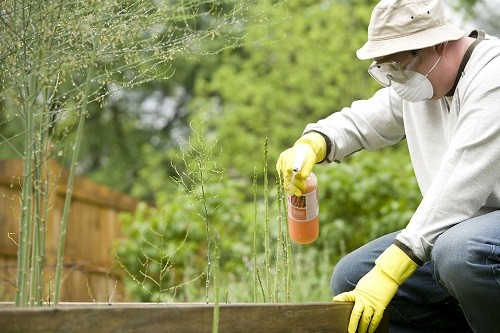Contaminants of Emerging Concern

What are they?
Contaminants of Emerging Concern (CECs) are contaminants that are now being found in our natural waters like lakes and streams, as well as our wastewater.
CECs are important because we don’t fully know the risk they pose to the environment and human health.
As the Minnesota Department of Health explains, CECs are now being found in water for one of three reasons:
- They’re new chemicals.
- They’re old chemicals that are being used in new ways.
- We have new methods that allow us to detect smaller amounts of chemicals in the environment than we could before.
These contaminants include pharmaceuticals, pesticides, personal care products, and microplastics.
Some of these contaminants have begun to show up in very small amounts in urban water runoff from rain or snowmelt (“stormwater”). While they’re not currently showing up at levels we think are high enough to affect human health, some CECs could affect aquatic life.
Prevention is key in keeping CECs out of waters! Since we don’t know the risks CECs pose, it’s best to keep them out of our water in the first place.
Technologies to remove low levels of contaminants like these are often very expensive. There also isn’t the technology yet to properly remove all the CECs that exist in the environment. This means prevention is the cheapest way to reduce water pollution.
News
If you have hazardous materials to dispose, first check with the Anoka County Household Hazardous Waste Facility in Blaine. You can contact them by calling them at 763-324-3400 or going to their website.
CEC Materials You Can Use
Use this link to look at shareable materials about CECs, specifically about proper medication disposal and pesticides (which include herbicides, fungicides and insecticides). Feel free to share the materials or print them out!
Online Resource Guide
Use this link to access an internet resource guide all about lawn care and pesticides.
Septic System Guide
Septic systems can release CECs into your private well and drinking water if your septic system or drinking water well isn’t properly placed and maintained.
Use this link to load a guide on protecting your drinking water if you have a septic system. This guide was created by the University of Minnesota’s Onsite Sewage Treatment Program; if you’d like more information about septic systems, visit their website.
The creation of the CEC materials and resource guide are funded by a grant through the Minnesota Department of Health’s Contaminants of Emerging Concern Initiative, funded in part by the Minnesota Clean Water, Land, & Legacy Amendment.
Here is a link to the final report about this grant program, and this is a link to the Minnesota Association of Watershed Districts, who gave this program the 2019 Program of the Year award!